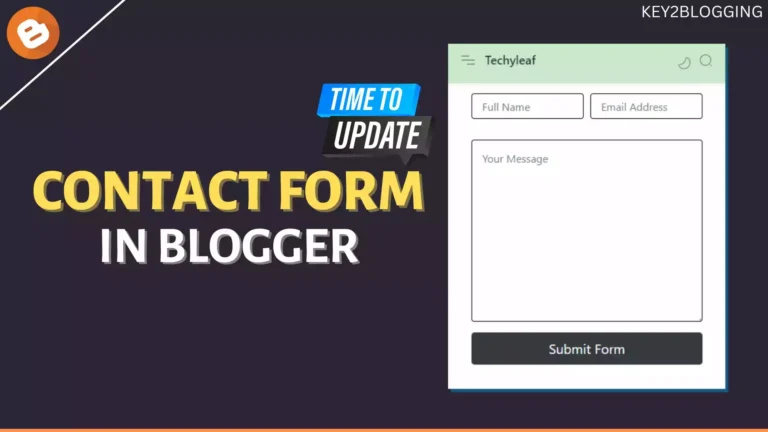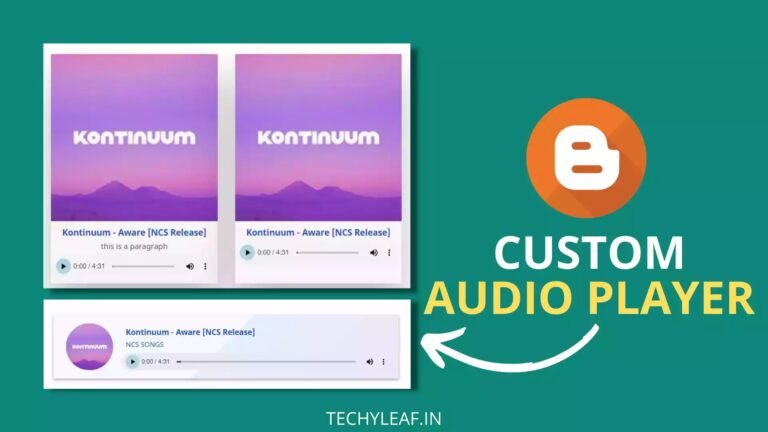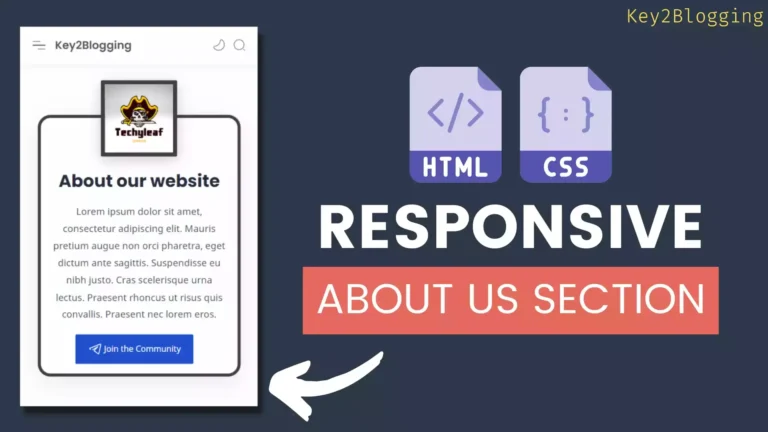How to Add FAQ schema in Blogger : Complete Guide. [2024 Updated]

Want to add FAQ schema on your Blogger website, but don’t know how to add this then this guide will help you.
It is very easy to add FAQs to a WordPress website but in blogger, there is no plugin support. So, read this complete guide to add FAQ schema to your blogger website easily.
What is FAQ Schema Markup?
An FAQ page (Frequently asked question page) contains a list of questions and their respective answers around a particular topic. When we use an FAQ schema markup in the blog post, it’s become easy for the search engine to show rich results as shown in the below image.
It also helps voice assistants like Google Assistant to pick up the answer for that particular question.

So, let’s understand what are the benefits of using FAQ schema in Blogger.
The Benefits of Adding FAQ Schema
1.Greater Visibility
By implementing the FAQ schema help the web crawler to better understand the topic and shows rich results on the search result page. It helps your website for greater visibility as it occupies extra space and increases user interaction on your blog post.
2. Better CTR
It also helps your website in increasing Click Through Rate (CTR) and eventually it helps you rank higher in Google SERPs. (Search Engine Result Pages)
3.Eligible for Voice Search Result
FAQ schema helps Google Assistant to pull the answer from your website when someone asked that question using the voice search method. So, the assistant can use your website as a source of that answer.
How Do I Add FAQ Schema in Blogger?
Now you know the Importance of Structure data- let’s solve the question: How can you add this to the Blogger blog post?
Step-1: Generate FAQ schema
Go to FAQ Schema Generator Tool and add your Question and answer manually.

Step-2: Add FAQ schema data in Blogger
First of all, paste the question & answer in the simple text in the compose view and then Paste the Schema code just below the </div> tag in the HTML section of the Blogger blog post as shown in the below image.

Step-3: Validating FAQ Schema
You can validate Faq schema is properly implemented or not by using Google’s Rich Results Testing Tool.
Paste the code inside the code editor and it will automatically show you if the page is eligible for Rich result or not.
![Rich-Results-Test Rich-Results-Test-in-Google-Search-Console[FAQ schema]](https://blogger.googleusercontent.com/img/b/R29vZ2xl/AVvXsEhgNXsh8U86rVbwlLAYS0opz2tTGx9a27o7pZ0oGWOLvYFcK0-exuJeTDQ4kJiNlBF0sdCngYFBV3OhIEu-EbULRH6xEl7s87QDahOUhLSxpGofR5RQ01jnRjiARqsbs0hVOS-f9N99A_Uo/s16000-rw/Rich-Results-Test-Google-Search-Console.webp)
You can also check the preview of this FAQ schema. It will show a test preview of the page in the search result. So that you will get an idea about it.
Notify Google To Crawl It
Now you have added the schema data to your blogger website. It is time to tell Google to update its indexing to show the rich result.
Go to Google Search Console and click on the URL inspection tool. Now paste the blog post URL and hit the Request Indexing button.
Now it will ping Google to update the indexing and if your website ranks on the SERPs then the chances of showing FAQs are higher.
How to add Accordion style FAQ in Blogger?
Instead of displaying plain text FAQ as shown above you can display accordion style by adding HTML and CSS code.
Follow the instruction shown in this video and you can easily Add FAQ with accordion-style in Blogger.
Download the HTML & CSS for Accordion FAQ Block
How Can I find FAQs for a Blog post?
To find FAQs (frequently asked questions) for a blog post, you can do the following:
- Look at the comments section of your blog or other similar blogs in your industry to see what questions readers are asking.
- Use a keyword research tool like Ahrefs, Semrush, etc to find out what people are searching for related to your topic. This can give you an idea of the common questions people have.
- Consider asking your social media followers or email subscribers what questions they have about the topic you’re writing about.
- Use online forums or discussion groups related to your topic to see what questions are being asked. You can use Quora to get FAQ questions for your article. I recommend you use the QAPop, a Quora marketing tool that will help you find the trending FAQs on Quora.
- Consider consulting industry experts or subject matter experts to get their insights and perspectives on common questions related to your topic.
Once you have a list of questions, you can use them to create an FAQ section in your blog post. This can help provide useful information to your readers and improve the overall value of your post.
Conclusion
Now you have successfully created the schema data and submitted it to Google. But here are some recommendations for adding the FAQ schema.
- Keep the answer short and simple (160-200 characters)
- Only add relevant FAQs.
- Write FAQs to convince users to click links.
- Add minimum 3 FAQs, 5 or more is recommended
- Follow Google’s FAQ content Guideline
Frequently Asked Question (FAQs)
Read Also: How to add Table of content in Blogger [complete Guide]


![How to enable Lazy-loading images on the Blogger website.[Updated]](https://www.techyleaf.in/wp-content/uploads/2020/10/How-to-enable-Lazy-loading-images-on-Blogger-768x432.png)



Very informative blog & valuable blog too. Keep sharing more unique blog. Thank you so much 🙂
It's an amazing guide to add FAQ schema in blogger.. Very informative..
Thanks for your feedback…
Thank you. 😍
Impressive blog.
Thanks Very Much Sir
You are welcome. 👍
This accordion FaQ schema is looking good in Blogger
Thanks Abhishek. Need your guidance on how to put an itemlist schema on blogger too. would be great if you could help.
Item list schema is not needed now. just add the items in the bullet list. And there is no online tool to generate this schema.
You have to copy the official schema code and replace it with your own data.
Hello, please help me to add faq schema in my blogger
What issue you are facing, I have already made a video guide on this topic.
Nice information